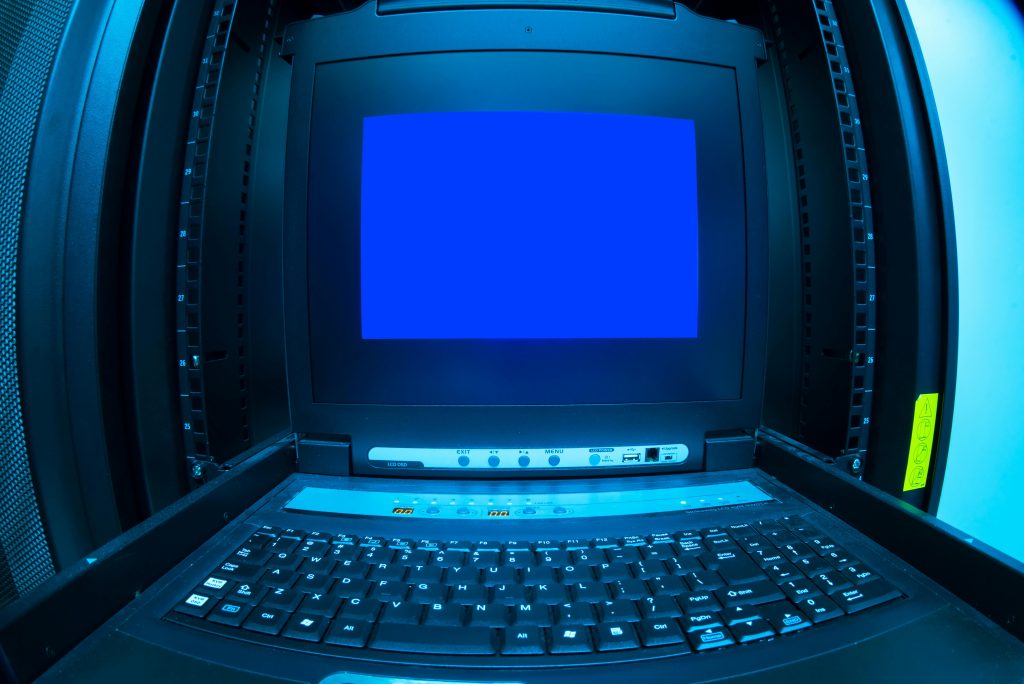Diagnosing GPU Issues: How to Confirm a Graphics Card Failure
In the world of PC gaming and computing, a malfunctioning graphics card can be a frustrating setback. Recently, I encountered a situation where my wife’s PC unexpectedly powered down and refused to turn back on, raising concerns about potential hardware failures. After some troubleshooting, I believe I’ve narrowed down the culprit to the graphics card, but I wanted to share my experience and offer guidance for anyone facing similar issues.
The Initial Problem
One day, my wife’s computer simply shut off without warning. After attempting to power it back on, I noticed that the system briefly flickered to life before plunging back into total darkness. It was as if the machine had gone completely lifeless. After examining various components, I decided to remove the dedicated graphics card, an EVGA GTX 950, and switch to the integrated graphics processor (IGPU) on the motherboard. To my relief, the PC booted up smoothly with the IGPU.
The Hypothesis
Intuitively, my next step was to reconnect the GPU and see if it would work. Unfortunately, the system remained unresponsive. At this juncture, I strongly suspected the graphics card was the source of the problem. However, given the complexity of computer components, I knew it was prudent to consider other possibilities, such as a faulty PCI-E slot or an issue with the power supply’s 12V rail.
Verifying the Source of the Issue
Not wanting to prematurely conclude that the graphics card was irreparably damaged, I took a systematic approach to my diagnosis. Here are some steps you can follow if you find yourself in a similar situation:
-
Visual Inspection: Look for any obvious signs of damage on the graphics card—such as burnt areas or bulging capacitors. While I didn’t spot anything glaringly wrong, it’s a good first step.
-
Test Different Components: If you have another compatible system available, try installing the GPU in that computer. This can help determine if the card itself is malfunctioning or if the issue lies within your original setup.
-
Check the Power Supply: Ensure that the power supply is functioning correctly. A failing power supply can lead to insufficient power delivered to the GPU.
-
Explore the Motherboard: Inspect the PCI-E slot for any signs of damage or obstruction. You might also want to test a different PCI-E slot if your motherboard supports
Share this content:



